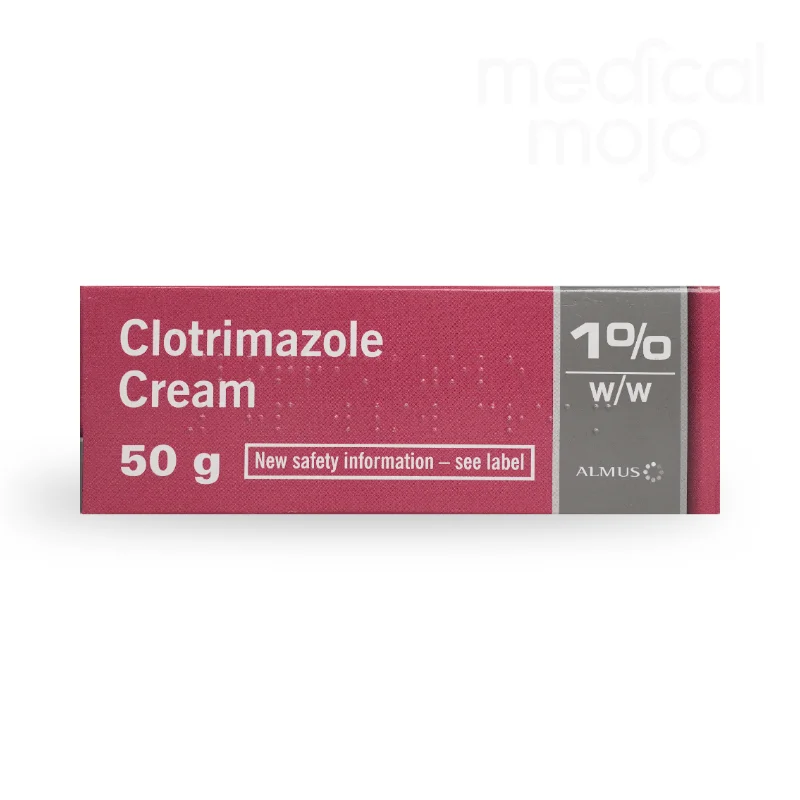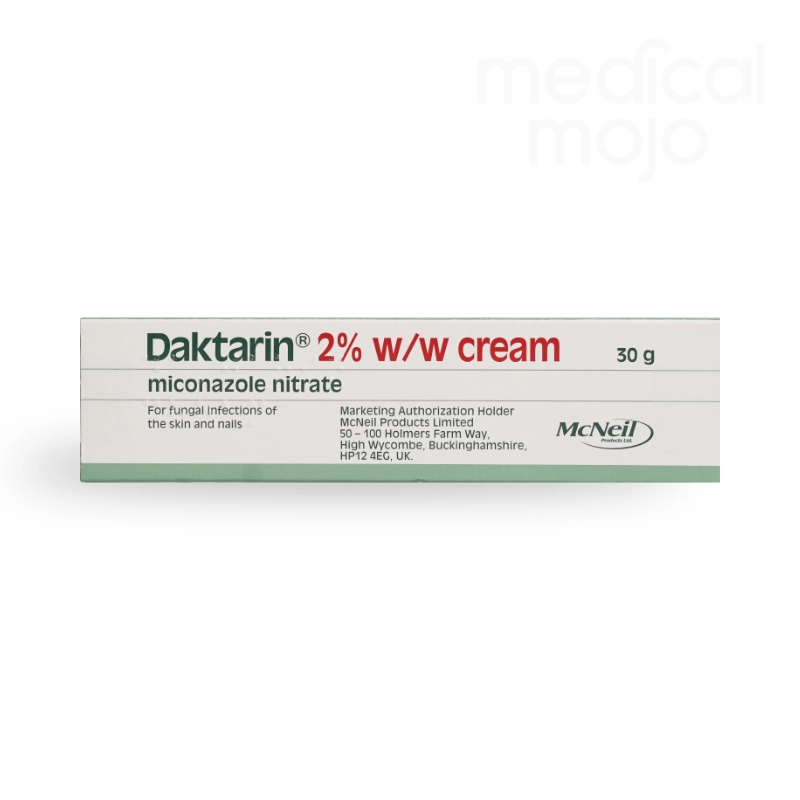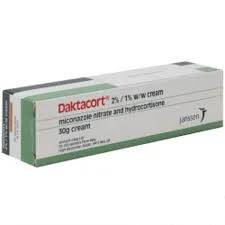Athlete’s foot
Get the winning treatments to athlete’s foot
Antifungal creams to kill the infection at the source.
Combination steroid and antifungal creams for cases of inflamed athlete’s foot.
Find the right athlete’s foot treatment for you
View All ProductsWhat you should know about athlete’s foot treatments
Athlete’s foot, also known as tinea pedis, is a common fungal infection that affects the skin on the feet, particularly between the toes. It causes itching, redness, and flaky skin.
Common symptoms include itching, burning, and cracked or peeling skin between the toes or on the soles of the feet. You may also notice redness and small blisters.
Athlete’s foot is typically treated with over-the-counter antifungal creams, powders, or sprays. In severe cases, a doctor may prescribe stronger medications.
Yes, athlete’s foot can spread to other areas, such as the hands, nails, and groin, especially if you scratch the infected area and then touch other parts of your body.
Yes, athlete’s foot is highly contagious and can be spread through direct contact with an infected person or by touching contaminated surfaces like floors, towels, or shoes.
To prevent athlete’s foot, keep your feet clean and dry, avoid walking barefoot in communal areas, change socks daily, and wear breathable footwear.
If your symptoms persist after two weeks of treatment, worsen, or you have diabetes or a weakened immune system, it’s advisable to see a doctor for further evaluation and treatment.
Additional information
What is athlete’s foot?
Guess what? You don’t have to be an athlete to get athlete’s foot! It’s not just athletes who keep their feet in hot stuffy environments, it’s basically all of us unless that is if you wear flip flops all day. It’s because we wrap our feet up in socks then wear shoes made of synthetic materials which don’t allow our feet to breathe. This in turn causes our feet to sweat providing a nice moist environment for the fungi that causes athlete’s foot to thrive. So, if you’re experiencing an itchy, sore feeling between your toes, it’s likely that you’re dealing with athlete’s foot.
Our footwear habits make this a common fungal infection, but even though it can be incredibly uncomfortable, it’s relatively easy to treat with over-the-counter medications. Also you can easily prevent future infections by simply keeping your feet clean and dry. If you notice any redness or itching, act quickly to address the issue and find the right treatment to get your feet feeling comfortable again.
What is athlete’s foot and what causes it?
athlete’s foot, or tinea pedis, is a fungal infection that affects the feet and toes. “Tinea pedis” is the medical term for athlete’s foot, a common fungal infection that affects the skin on the feet, particularly between the toes. The term “tinea” refers to a group of fungal infections (also known as ringworm) that can affect different parts of the body, and “pedis” is derived from Latin, meaning “of the foot.” Therefore, “tinea pedis” specifically refers to a fungal infection of the feet.
The classic symptoms which will be known to many include dry, flaky skin between the toes, often accompanied by a red, itchy rash. Most of us will experience an episode of athlete’s foot in our lives but thankfully its easy to treat and usually clears up within 7 to 10 days.
The pesky fungi that are responsible for this infections are called dermatophytes. A dermatophyte is a type of fungus that causes infections in the skin, hair, and nails. The word “dermatophyte” is derived from the Greek words “derma” (meaning skin) and “phyton” (meaning plant). Dermatophytes thrive on keratin, a protein found in these tissues, and they are responsible for conditions such as athlete’s foot (tinea pedis), ringworm (tinea corporis), and jock itch (tinea cruris).
These fungi are highly contagious and can be spread through direct contact with an infected person, animal, or contaminated objects and surfaces. These fungi live naturally on your skin, feeding on dead skin cells. They thrive in warm, damp, and humid environments, making sweaty feet an ideal location for their growth. So, when your feet are sweating all day inside your shoes just remember that you are basically giving a free invitation for these fungi to enjoy a free meal with lodgings.
One of the reasons why so many of us get athlete’s foot is because it is incredibly contagious and unfortunately is especially common among people who work out and exercise regularly. Communal areas such as showers, swimming pools, and changing rooms are a breeding ground for these fungi so remember even if these areas seem empty they will be thriving with fungal activity.
You are also more likely to get athlete’s foot if you:
- Have poor foot hygiene.
- Wear tight, non-breathable shoes.
- Walk barefoot in communal areas.
- Share socks, towels, or shoes with others.
- Have a weakened immune system.
- Have conditions like diabetes.
What are the symptoms of athlete’s foot?
Did you know you may have athlete’s foot now? This is because it often goes unnoticed until it begins to itch or the rash becomes uncomfortable. The common symptoms include:
- Dry, flaky skin between the toes
- A red, itchy rash around the affected area
Infections usually begin between the little toe and the adjacent toe but can spread to other toes if not treated. If left untreated move severe infections can develop and additional symptoms such as the following may appear:
- Spreading of symptoms to the sides or bottom of the feet
- Small, inflamed blisters
- Cracked, painful skin
- Red, hot, swollen areas of skin (which may indicate cellulitis)
- Fungal nail infection
If you experience any more severe symptoms (excluding fungal nail infection, which can be self-treated), it’s advisable to consult your GP.
How is athlete’s foot diagnosed?
Well, it’s relatively simple to do this…just look at your feet! Inspect between the toes to confirm whether the infection is present. Most cases can be treated easily with over the counter antifungal medications. These will clear up the majority of infections within 10 to 14 days, but if you find that the symptoms are persisting or getting worse, contact your GP. One group of people should always go to the GP first without trying to self medicate are diabetics, who need especially careful and vigilant regarding any foot-related issues, including athlete’s foot, due to the increased risk of complications.
Treatments for athlete’s foot
athlete’s foot can usually be treated easily and successfully with simple antifungal medications and good foot hygiene. It’s essential to follow both treatment and preventative measures strictly to clear the infection and prevent re-infection. One important point which people negelct is to stop using the antifungals when the visible signs of infection have disappeared but you should actually continue to apply the medication for another 7 days to prevent any re infection from developing.
It is important to continue using antifungal treatments for athlete’s foot even after the visible signs of infection have cleared to ensure that the infection is fully eradicated. The symptoms of athlete’s foot, such as itching, redness, and flaking skin, may disappear relatively quickly, but the underlying fungal infection can persist. If the treatment is stopped too early, some fungi may survive and multiply, leading to a recurrence of the infection.
Continuing the treatment as prescribed helps to ensure that all the fungi are eliminated, reducing the risk of the infection returning and preventing it from spreading to other areas of the body or to other people.
Self-care methods also help prevent spreading the infection to others. Common antifungal treatments include:
- Creams/Gels (e.g., Lamisil, Daktarin, Canesten AF, Clotrimazole)
- Powders (e.g., Daktarin Powder, Mycota)
- Sprays (e.g., Lamisil Spray, Daktarin Activ)
- Once Film (e.g., Lamisil Once)
Creams and gels are the most common treatments and should be applied to clean, dry skin twice daily for up to 14 days, or as directed. Powders can be used alongside creams or gels to absorb moisture and help prevent re-infection. Sprays offer a more convenient application method for those who find it difficult to apply creams to their toes. Lamisil Once is a convenient single-application treatment that creates a film over the infected area and continues to work over seven days.
It is important to apply treatments to clean, dry feet and wash your hands after touching the infected area to avoid spreading the infection. Most treatments require continuation for about seven days after symptoms disappear to prevent re-infection. For particularly red, sore, or inflamed athlete’s foot, a combination product which contains both an antifungal and hydrocortisone (e.g., Canesten HC, Daktacort) can be used, however they should not be used for no more than seven days and never on broken skin.
How can I prevent athlete’s foot?
Prevention is better than cure and fortunately with athlete’s foot it’s relatively easy to do. These preventative measures aespecially important for those individuals who are prone to athlete’s foot such as teenagers, adult males, or frequent exercisers. These measures are also crucial for individuals currently suffering from athlete’s foot to help speed up recovery and prevent the spread of infection.
- Wash your feet thoroughly at least once a day, ensuring you clean between your toes.
- If you suffer from sweaty feet, use antifungal foot powder.
- Wear breathable shoes that fit properly; avoid tight-fitting synthetic shoes.
- Make sure your feet are completely dry before putting on socks and shoes.
- Wear cotton socks or cotton rich socks that allow the feet to breath.
- Change socks or tights regularly.
- Alternate shoes to ensure you always wear a dry pair.
- Remove your shoes when possible to allow your feet to air out.
- Avoid walking barefoot to prevent spreading the infection.
- Don’t share towels, shoes, or socks with others.
- Wear flip-flops in communal areas like showers and changing rooms.
- Wash towels and bedclothes frequently in a hot wash.
What happens if athlete’s foot is left untreated?
athlete’s foot will worsen if not treated, potentially leading to more severe infections like cellulitis, which requires additional treatment. Diabetics should always see their GP with any foot related conditions as untreated athlete’s foot can lead to serious complications.
Did I mention that athlete’s foot is incredibly contagious? Well not just to other people but also to other parts of your own body,including the toenails and hands, so it’s important to treat athlete’s foot promptly and prevent further complications.
BSc Pharmacy, Independent Prescriber, PgDip Endocrinology, MSc Endocrinology, PgDip Infectious Diseases
Superintendant Pharmacist, Independent Prescriber
MbChB, Coaching Academy diploma with distinction
GP, Medical coach



